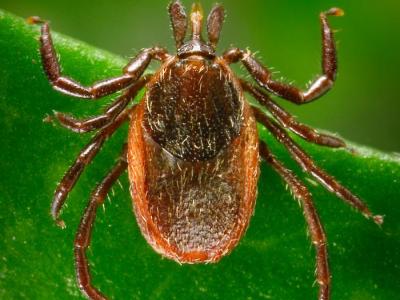Today, Morbidity and Mortality Weekly Report (MMWR) published two studies on provisional US data showing that COVID-19 was the fourth leading cause of death in 2022 and the primary cause of death for three of four deaths with the virus listed as a cause on the death certificate.
COVID trailed heart disease, cancer, injuries
In one study, researchers from the Centers for Disease Control and Prevention (CDC) assessed 2022 death data from the National Center for Health Statistics' National Vital Statistics System (NVSS) and compared them with those from 2021.
"Because of the time needed to investigate certain causes of death and to process and review death data, final annual mortality data for a given year are typically released 11 months after the end of the calendar year," the study authors wrote. "Provisional data, which are based on the current flow of death certificate data to NCHS, provide an early estimate of deaths, before the release of final data."
An estimated 3,273,705 people died of any cause in the United States in 2022. COVID-19 trailed only heart disease, cancer, and accidental injuries as a cause of death. COVID-19 was the underlying cause of 186,702 deaths in 2022 or 5.7% of the total, decreasing from 12.0% (416,893 deaths) in 2021. Heart disease and cancer deaths climbed in 2022 (695,547 and 605,213, deaths respectively), while COVID-19 deaths fell.
The estimated 2022 age-adjusted death rate declined by 5.3%, from 879.7 per 100,000 people in 2021 to 832.8 per 100,000. COVID-19 was the underlying or contributing cause in 244,986 (7.5%) of those deaths (61.3 per 100,000).
Heart disease and cancer deaths climbed in 2022 (695,547 and 605,213, deaths respectively), while COVID-19 deaths fell.
Total deaths peaked during the weeks ending January 22 (85,405 deaths) and December 31 (69,664). Death rates were lowest among people aged 5 to 14 years (14.8 per 100,000 people) and highest among those 85 years and older (15,605.2 per 100,000), similar to 2021.
Death rates fell for people aged 15 and older from 2021 to 2022, while it rose from 25.0 to 26.9 per 100,000 among those aged 1 to 4. Age-adjusted death rates were higher among male than female Americans (1,048.0 vs 733.3 per 100,000) in 2021 and 2022 (984.8 vs 700.9). Deaths, however, declined 6.0% among male and 4.4% among female Americans from 2021 to 2022.
Age-adjusted death rates decreased for all groups over the study period and were lowest among multiracial (394.2 per 100,000 people) and Asian people (447.2) and highest among Black (1,028.0) and American Indian/Alaska Native (AI/AN; 973.3) people. COVID-19 death rates fell for all racial groups.
"Provisional death estimates can offer researchers and policymakers an early signal about shifts in mortality trends and provide actionable information sooner than do the final mortality data," the researchers concluded. "These data can guide public health policies and interventions aimed at reducing mortality directly or indirectly associated with the COVID-19 pandemic and among persons most affected."
COVID death rate tumbled 47%
For the second study, the same research group parsed NVSS data on COVID-19 deaths in 2022 compared with 2020 and 2021.
From 2021 to 2022, the estimated age-adjusted COVID-19 death rate tumbled 47%, from 115.6 to 61.3 per 100,000 people. The infection was listed as the underlying cause of death on 76% of death certificates listing the virus and was a contributing cause in the remaining 24% of COVID-19 deaths. As in 2020 and 2021, the most common site of death was a hospital (59% in 2022), but an increasing proportion occurred at home in 2022 (15%) or in a long-term care facility (14%).
The age-adjusted COVID-19 death rate was lowest (49.5 per 100,000 people) in Connecticut, Maine, Massachusetts, New Hampshire, Rhode Island, and Vermont) and highest (69.3 per 100,000) in Arkansas, Louisiana, New Mexico, Oklahoma, and Texas, followed by Alabama, Florida, Georgia, Kentucky, Mississippi, North Carolina, South Carolina, and Tennessee (65.5 per 100,000).
"These data provide updated information that advances understanding of the impacts of COVID-19 on mortality and how these have continued to shift during the course of the pandemic," the authors wrote.






















